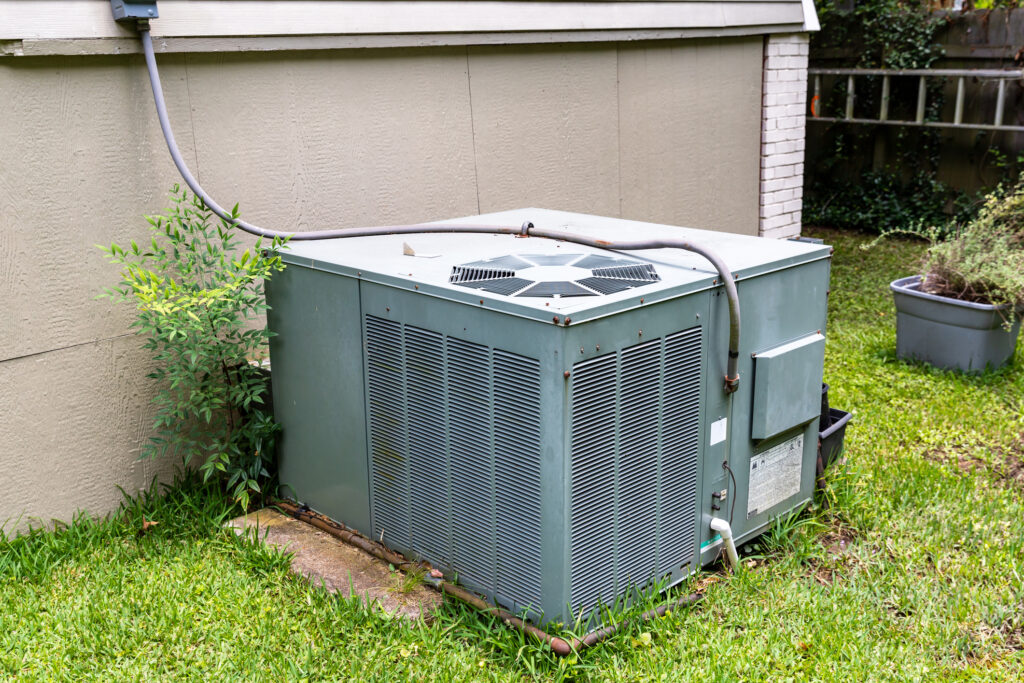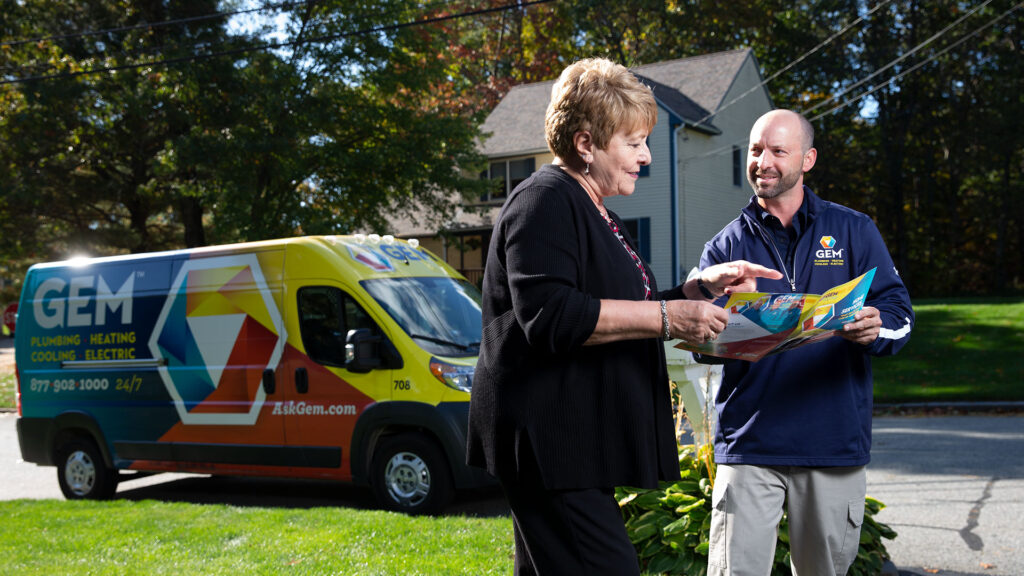When a storm is on its way, it’s important that you prepare your family for what’s in store. Luckily, you’ll have everything you need with this lighting storm action plan.
Stay One Step Ahead With Routine Prep
Preparing for a thunderstorm begins long before the actual forecast. Throughout the year, you can maintain and prepare your home with these specific steps.
Keep Your Trees Clean
First and foremost, it’s important that you keep your trees clean and manicured. If tree branches are touching your roof or your electrical lines, they’re putting your home and its electrical system at risk.
Strong storm winds can break these branches off and damage your home or electricity lines. Even worse, if lightning strikes branches, your electricity can get zapped. In order to avoid these dangers, why not use the next sunny afternoon to trim stray branches and foliage away from your home.
Check On Your Sump Pump(s)
Your sump pumps exist to prevent flooding. You might take these devices for granted throughout the year, but if they’re not working properly when a storm rolls around, you’ll wish that they were. Check on your sump pumps throughout the year to make sure they’re in great shape.
What To Know When You Get A Weather Storm Warning
The storm is coming, so it’s time to put your plan into action! Here are the key steps to take when preparing for an approaching thunderstorm.
Anticipating The Storm
Keep a very close eye on the weather forecast in your area to stay informed about incoming storms. Winds can change and stormfronts can shift at the last minute — the last thing you want is to get caught unprepared!
Check The Level of Severity
If a storm is coming, look into how severe it’s expected to be. The severity of the storm can help you understand what types of risks could impact your home.
Have A Family Action Plan
It’s important that you and your family discuss what to do in the event of a storm. Everyone in the family should be aware of a coming storm and equipped with the right items and information to take care of themselves.
Choose a safe location inside your home where you can gather to stay safe, if things escalate (away from windows, electrical items). If you have pets, make sure that you have a plan to keep them safe, too!
What To Do If There’s An Emergency
When creating your family action plan, you and your family should agree on what needs to be done in the event of an emergency. If the power goes out, who should they call? If the basement starts flooding, what should they do first? If someone gets injured, what numbers do they dial? Clearly communicating this information now is key, because when you’re in crisis, strong emotions like fear and worry can make simple decisions difficult.
Preparing Your Home And Family For The Pour
Now that the pre-game warm-up has come and gone, you’re ready for the big event: the storm. Make sure your home is prepared with these crucial steps.
Storm Survival Stuff
Keep these items nearby to help weather the storm.
- Flashlights for each member of the family, and extra batteries in case they go out
- Something to eat, in case the storm goes on a while
- Bottles of water, because you shouldn’t be running the tap during the storm
- Charge any necessary electrical devices ahead of time
Outdoor Cleanup
Before the storm arrives, walk your home’s perimeter to search for any loose items. Gather outdoor furniture, plants, flower pots, grills, sporting equipment, etc. and store it in a safe place.
Electrical System Prep
Your electrical system in particular is at risk during a thunder and lighting storm due to lightning strikes and power surges. To avoid damage to your electrical items, unplug your devices from their outlets.
Close Up And Cover
Once your home is safe and ready, it’s time for you to get safe and ready! Gather your family and your storm survival items in your designated safety spot, and wait it out. In the meantime, avoid touching electrical items or outlets, and avoid using or touching water at all times — there’s a risk of electrocution, so don’t take a shower or run any taps.
The Aftermath: What To Expect And How To React
Once the storm has passed (you should wait at least 30 minutes once the weather clears to be sure), it’s time to assess the damage (or hopefully, lack thereof!)
Search your house for signs of storm damage. If all looks clear, you can return to normal: Go ahead and plug your electrical items back in and put out your outdoor furniture.
If you locate any damage, you’ll want to take care of the issue right away. Here are some of the most common sources and sites of damage, and what to do about them:
Plumbing
During the storm, your basement may have flooded. If you notice that your basement is flooding during the storm, wait until the storm subsides to begin any damage control. You can put your safety at risk if you try to take care of the basement while the storm is still raging.
The first thing to do if your basement has flooded is turn off the power and gas in your home. Keeping these on with a basement full of water can be a dangerous situation. Once the power is off, call your local plumber at GEM to notify them of the issue. A plumbing specialist will come to your home to assess the damage, pump the water, and repair any further water damage the flood may have caused. If you’re up for the challenge, you can also take steps to repair the flood damage yourself!
Sump Pump Failure
If your basement flooded during the storm, then your sump pump didn’t do its job. This could indicate a failed or faulty sump pump, so you’ll want to contact your local plumber to have your sump pump inspected and serviced.
Electricity Gone Haywire
Any of the following electrical issues can occur during a thunderstorm:
- Power outage
- Electrical items or devices are fried
- Electrical lines are damaged
If you notice any of these issues, or another troubling problem, contact your local GEM electrician immediately. An electrical specialist will inspect your electrical system and survey the damages.
Gutters Galore
During a storm, high-speed winds and heavy rains can send leaves, branches, and other foliage flying. Oftentimes, this airborne mess can get caught in your gutters. Inspect your gutters and remove any debris lodged in them after the storm.
Fallen Trees, Branches, And More
The strong winds and rain that come with storms can also knock down large branches and trees, causing major damage to your house. If you see any large fallen object in your yard, or damage to your home as a result of fallen foliage, contact us here at GEM Plumbing to have your home inspected and repaired.



